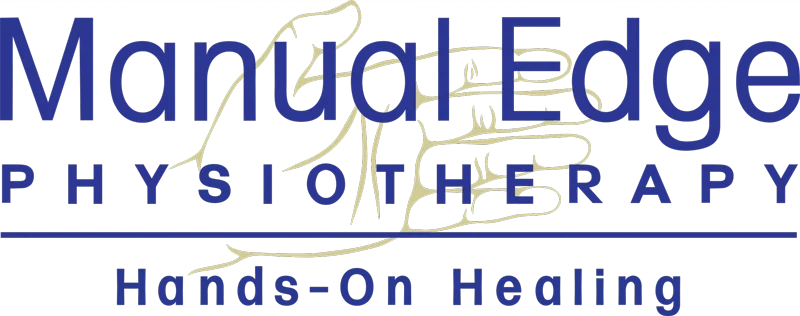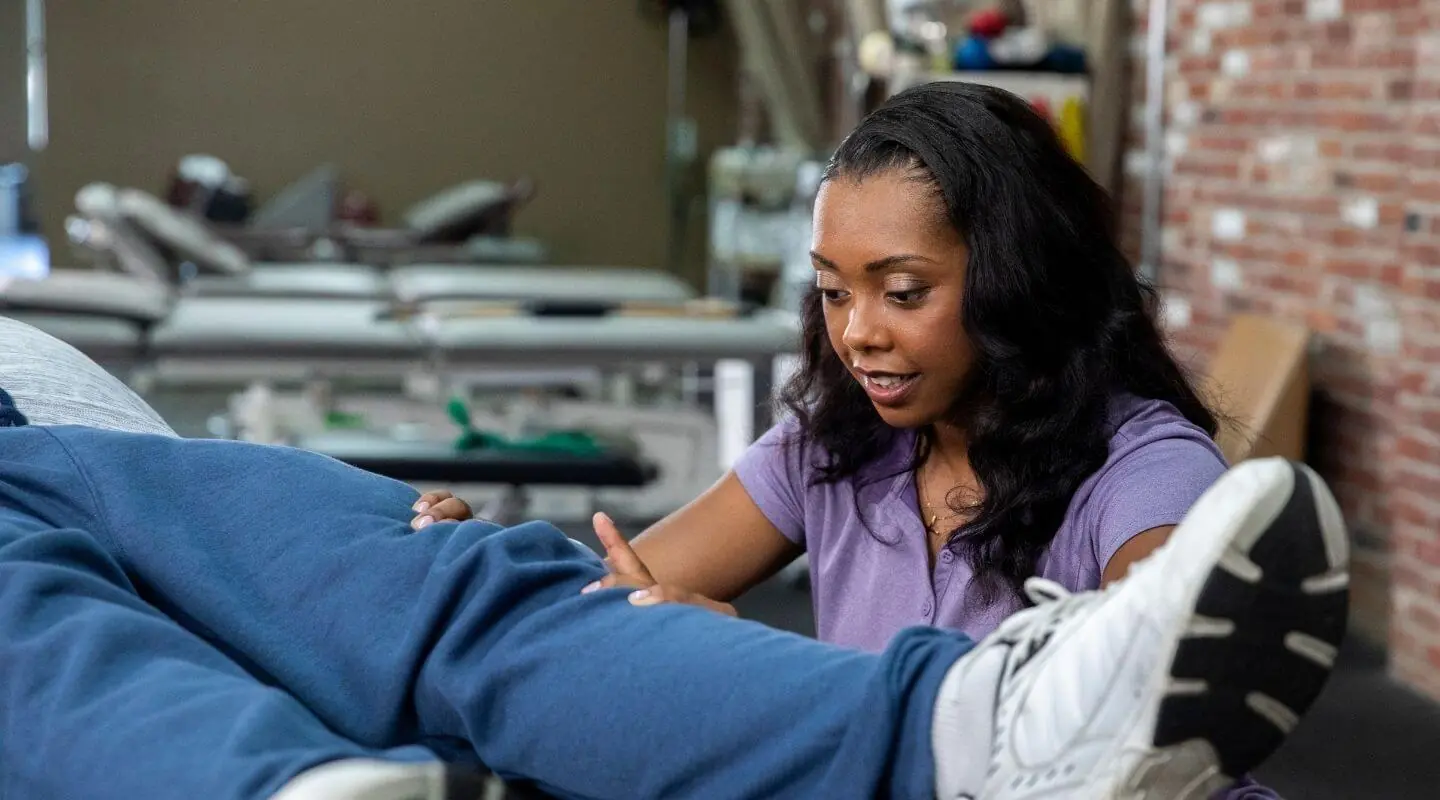Lower ExtremityIn Colorado Springs
The lower extremity consists of the knee, foot, and ankle and includes all of the joints, muscles and tendons of the thigh and lower leg.
We focus on normalizing the mobility of all these structures with gentle, yet powerful manual physical therapy techniques.
Knee Pain
At Manual Edge, we treat patients with all types of knee injuries, conditions, and pain. Our patients most commonly see us for anterior cruciate ligament (ACL) injuries and total knee replacements.
Research shows that 11% of all sprains or strains evaluated by physicians occur at the knee, and greater than half of all joint replacements are total knee arthroplasties. Clearly, the knee is an important joint that bears a lot of stress and forces over the years. Knee pain can cause walking to be uncomfortable or even unbearable, and untreated knee problems can create secondary injuries at other joints including the low back, hips, and ankles. Athletes often struggle with ACL or meniscus tears, as well as patellar tendonitis. Physical therapists can provide a non-invasive treatment of knee pain, as well as help patients prepare and recover from a surgical procedure on their knee.
Foot Pain
Whether you're on your feet all day at work, training for an upcoming athletic event, or just relaxing with your family on a Sunday, foot pain can be crippling.
Manual Edge therapists provide excellent medical care for a variety of foot and leg issues like bursitis, heel pain, plantar fasciitis, Achilles tendon injuries, bunions, ankle sprains, and athletic injuries.
After evaluating your pain, a specialist at Manual Edge will work with you to formulate a plan to alleviate your pain, restore function, and reduce the risk of future injuries.


